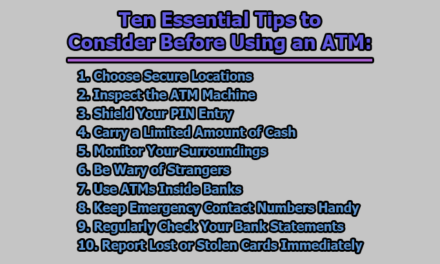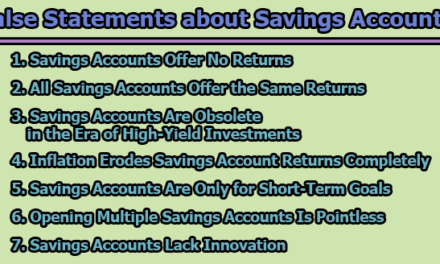A bank account is a financial account with a banking institute, which records financial transactions between the customer and the bank and the customer’s financial status with the bank. It is a mechanism by which you can place your deposits under the protection of your bank or deposit-taking financial institutions. Banks as financial intermediaries use these funds in productive resources and banks can remunerate you from the profits earned on your deposits. Bank accounts can help you manage your day-to-day finances. In the rest of this article, we are going to know about types of bank accounts.
Definition of Bank Account:
A bank account is a financial account maintained by a bank or other financial institution in which the financial transactions between the bank and a customer are recorded (Wikipedia).
A bank account is a record maintained by a banking institution, in which it records an ongoing series of cash inflows and outflows on behalf of a customer (Accounting Tools).
A bank account is an arrangement with a bank that allows you to keep your money in the bank and take some out when you need it (Collins Dictionary).
Types of Bank Accounts:
To meet the various demands of the customers, several types of bank accounts are available. Mentionable some types of bank accounts are listed below:
1. Current Accounts: Current Accounts are non-profit, non-interest-bearing accounts that are primarily designed for customers that do several banking transactions every day. Customers can open these accounts, deposit any amount, withdraw it as often as needed, and use the overdraft or finance option.
2. Savings Accounts: This kind of account is utilized to save money for later usage. The majority of savings accounts do not offer debit or credit cards, although they do pay interest on deposits over time. Opening a savings account is a better way to store money for future use, keep savings distinct from daily expenditure, and ensure financial security. There are several variations on the basis of a savings account which are as follows:
- Money Market Account: This account offers marginally higher interest rates in exchange for additional restrictions on account withdrawals.
- Individual retirement account (IRA): This account is used to hold money that a person has set aside for retirement. Funds placed in these accounts are tax-advantaged in different ways, depending on the type of IRA that has been set up.
A bank generates revenue from the management of bank accounts, by assessing user fees and accruing incremental interest income on the money kept in these accounts, net of any interest given to the account holders.
3. Checking Accounts: These are the accounts that are utilized for daily spending. Debit cards connected to these accounts are frequently used for both ATM withdrawals and shopping. Checking accounts are designed to retain money in a safe location for a shorter amount of time and facilitate easy bill payment. Special types of checking accounts include:
- Interest-bearing account: There are variations in the checking account perception that are interest-bearing. However, they have more restrictions than a standard checking account (such as a maximum number of check payments to be issued each month) and may require a minimum balance.
- Zero balance account: This account has just enough money in it to cover the costs of checks that are presented for payment. A corporation can keep the majority of its cash in an interest-bearing investment by maintaining a low funded balance.
4. Money Market Accounts: combines the features of both checking and savings accounts to create a single deposit account. This account’s main objective is to give potential investors a safe environment in which they can put less money in highly liquid cash and debt-based securities. It is a great account for those who want to earn more interest from their substantial account balances.
5. Certificate of Deposits: These are time-fixed deposit accounts that keep a person’s funds for a specific period of time. If there are no early withdrawals before the end of the period to avoid penalties, it earns higher interest than all the other accounts. Financial targets that have set deadlines, such as six months or five years, should be saved in order to earn interest from the bank.
6. Foreign Currency Accounts: A foreign currency account is a multi-currency borderless account that allows the account holder to send and receive payments in multiple currencies. Having such a bank account has a huge impact on how you manage your international finances and transactions. Foreign currency accounts are not limited to just businesses and can be used to manage your personal finances as well (Statrys).

Assistant Teacher at Zinzira Pir Mohammad Pilot School and College










